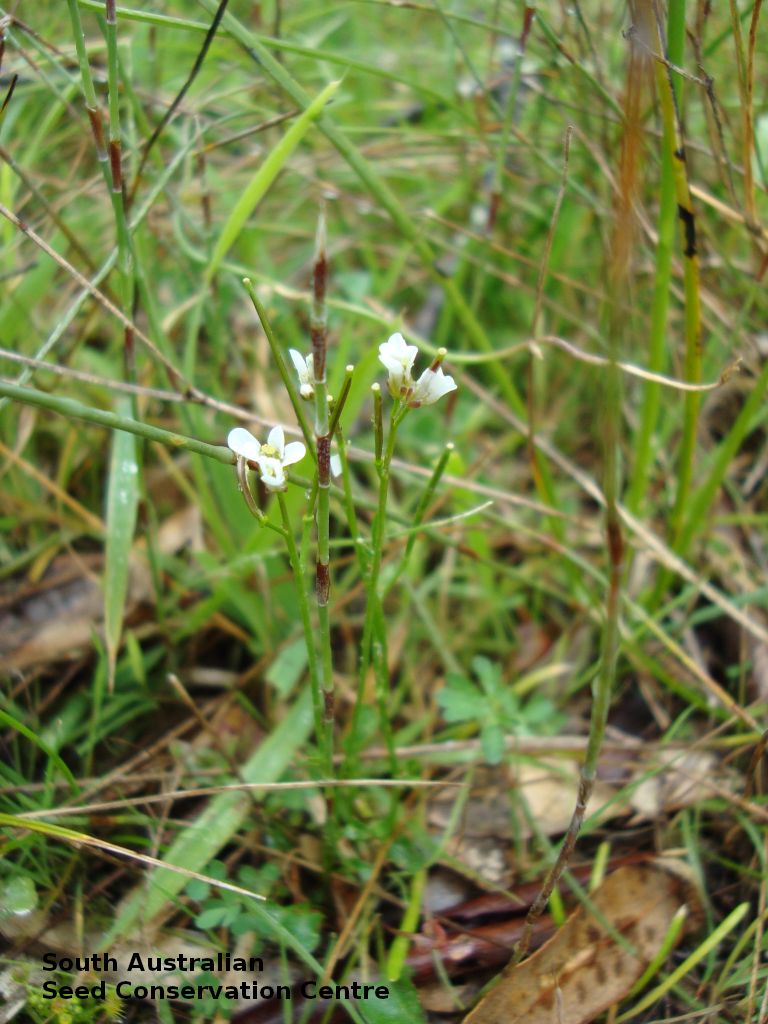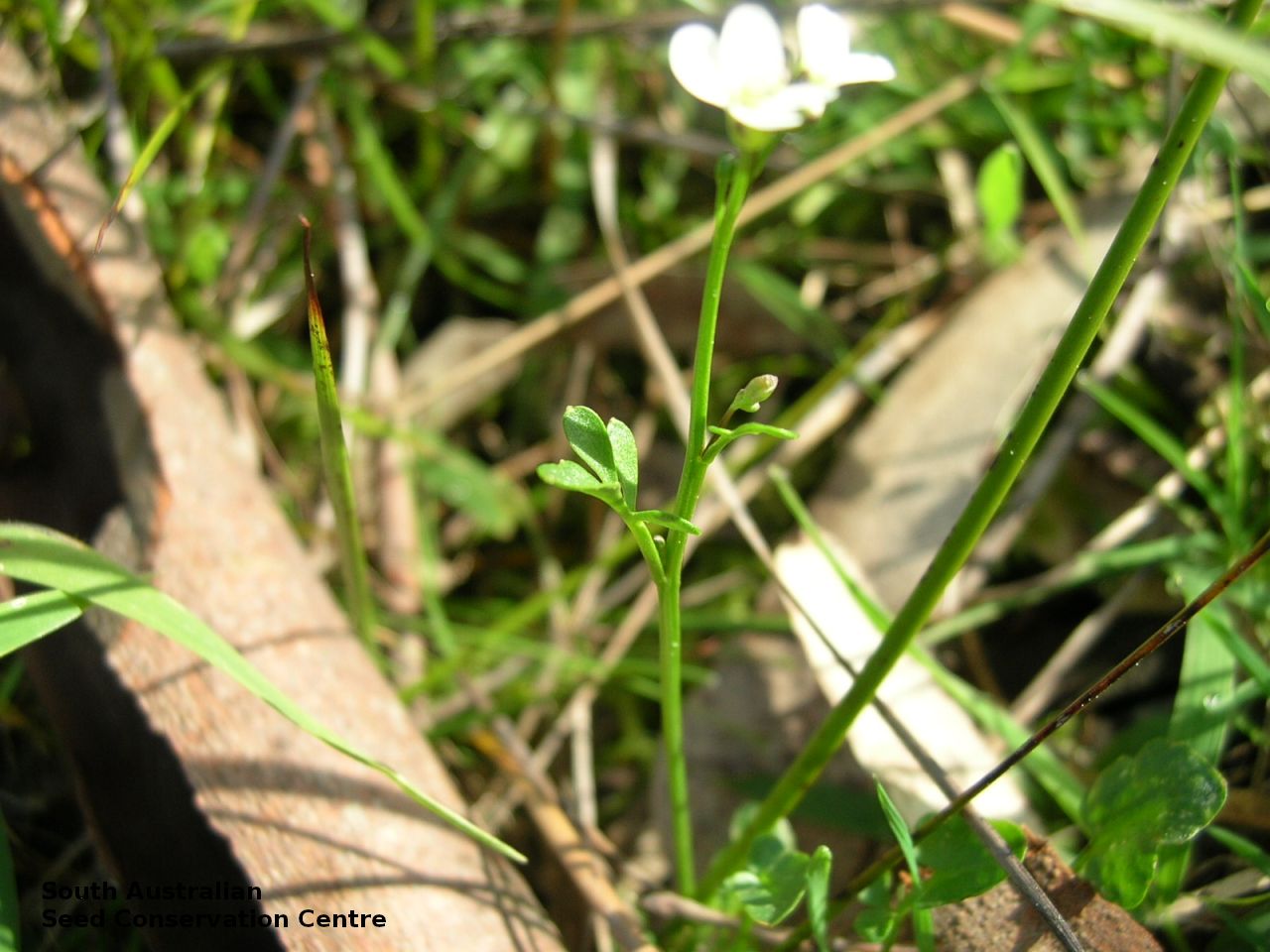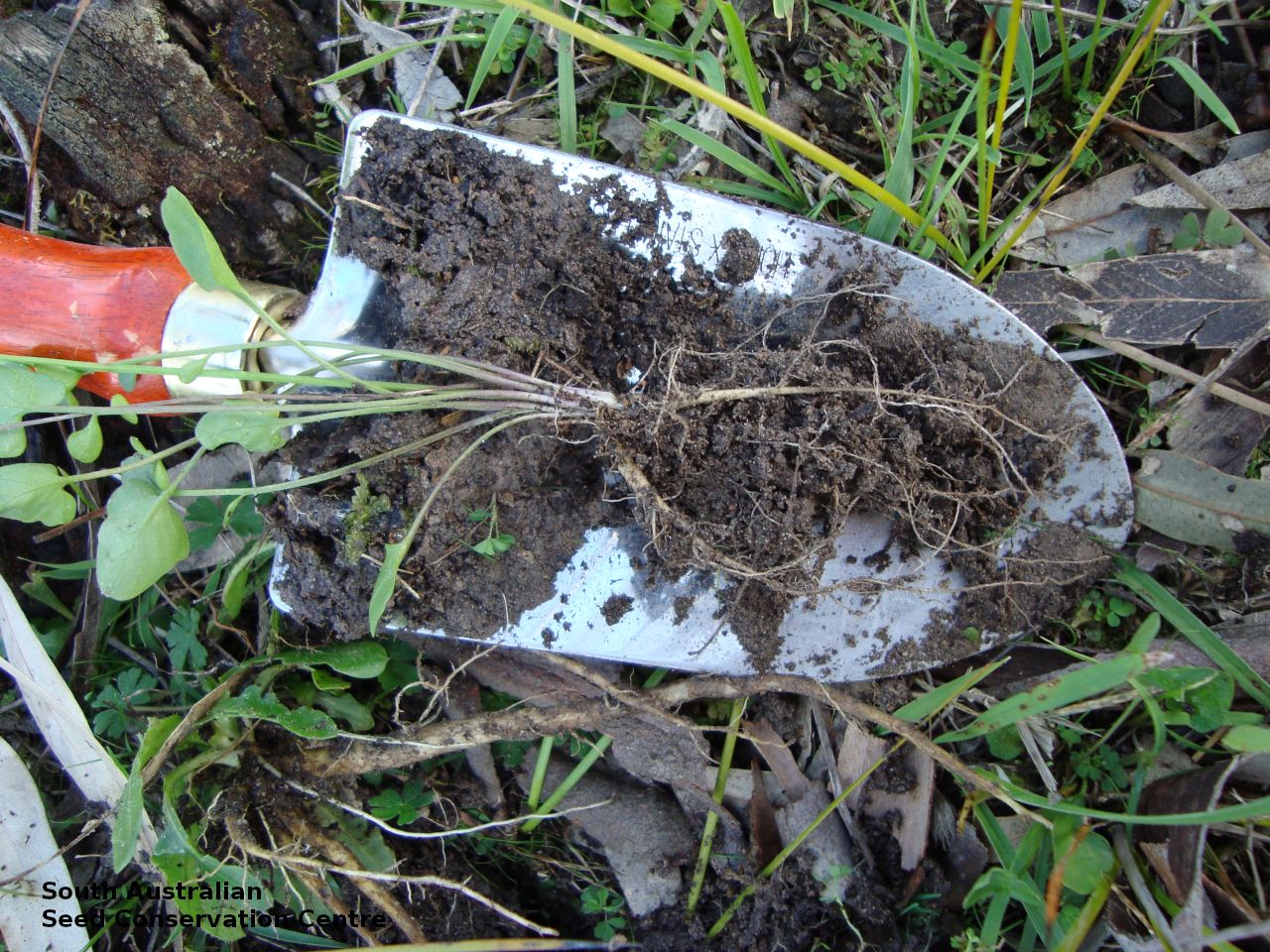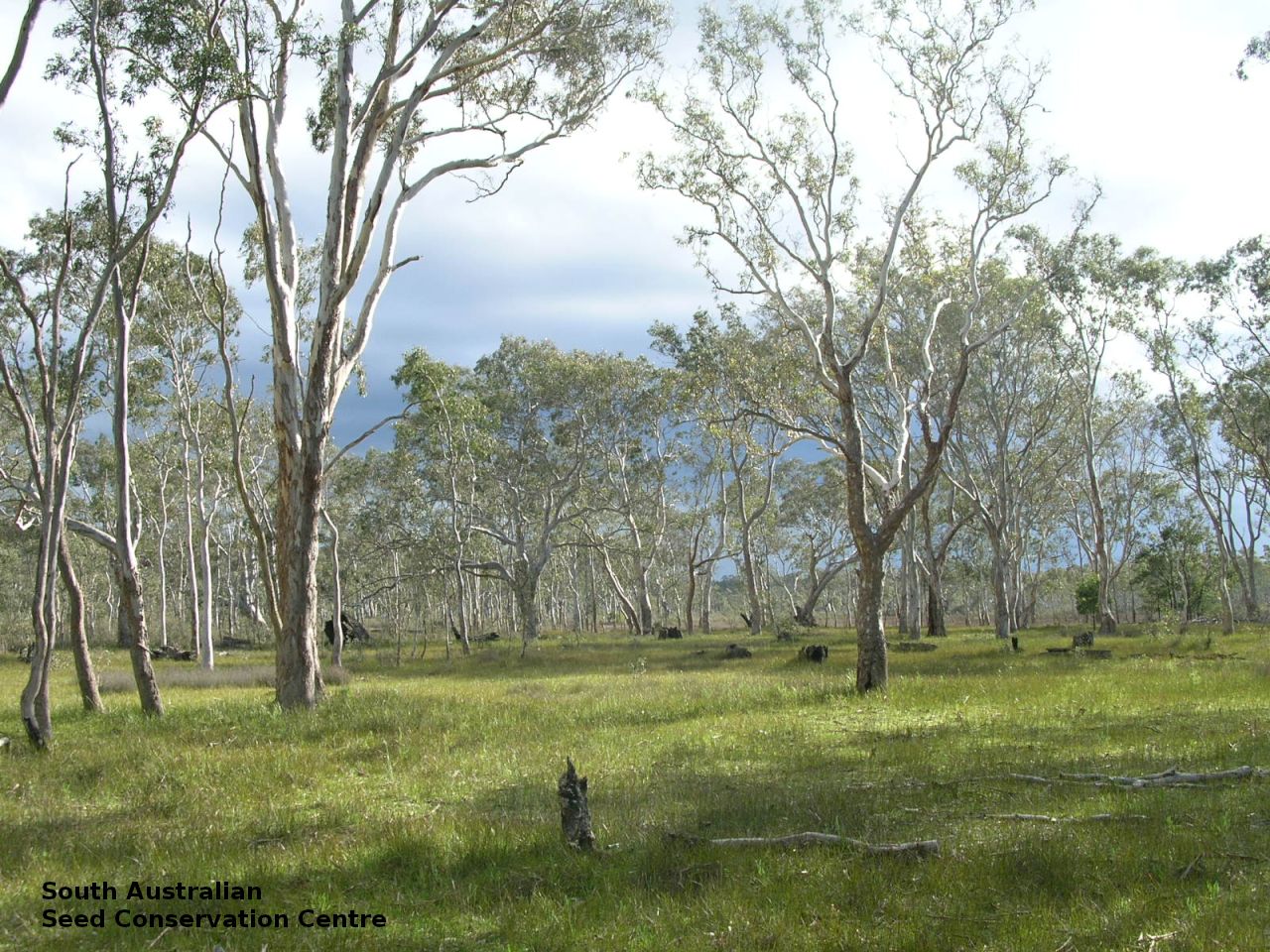


















Prior names
Cardamine hirsuta var. heterophylla
Cardamine heterophylla
Cardamine debilis
Common names
Spade-leaf Bitter-cress
Common Bitter-cress
Etymology
Cardamine from the Greek 'kardamon' a name given by Dioscorides for a species of cress, an Indian spice and derived from the Greek 'cardia' meaning heart and 'damaein' meaning to blind, alluding to the reputed heart-strengthening effects of the plant. Gunnii named after Ronald Campbell Gunn (1808-1881), a British botanist and legislator in Launceston, Tasmania.
Distribution and status
Found in the lower South-east in South Australia, growing in moist habitats. Currently known only from one Native Forest Reserve in lowland redgum swamps. Was also known from Victoria and Tasmania but assumed extinct in those states. Native. Very rare in South Australia. Presumed extinct in the other States.
Herbarium region: South Eastern
NRM region: South East
AVH map: SA distribution map (external link)
Plant description
A small weak annual herb to 25 cm high arising from a thick, tuberous perennial tubestock. It has a basal rosette of discolourous lobed leaves and an erect stem of small white flowers. Flowering between August and September. Fruits are long pale brown pods to 5 cm in length, splitting into two. Seeds are small yellow flat reniform seeds to 1.5 mm long and 1 mm wide. Seed embryo type is bent.
Seed collection and propagation
Collect seeds between September and November. Collect maturing pods those turning pale brown with yellow seeds inside. Be gentle with the pods as they split open easily. Place the pods in a tray and cover with paper to prevent seeds from popping out and leave to dry for a week. Then rub the dried pods gently by hand to dislodge the seeds. Use a sieve to separate the unwanted material. Store the seeds with a desiccant such as dried silica beads or dry rice, in an air tight container in a cool and dry place. From two collections, the seed viability was average to high, ranging from 75% to 100%. This species has physiological dormancy that need to be overcome for the seed to germinate.
| Location | No. of seeds (weight grams) | Number of plants | Date collected | Collection number Collection location | Date stored | % Viability | Storage temperature |
|---|---|---|---|---|---|---|---|
| BGA MSB | 2,700 (0.5 g) 2,700 (0.5 g) | 50+ | 28-Oct-2008 | DJD1187 South Eastern | 20-Jul-2009 | 100% | +5°C, -18°C |
| BGA | 9,300 (1.65 g) | 10-Sep-2009 | DJD1551 South Eastern | 1-Jan-2012 | 90% | -18°C | |
| BGA | 2,500 (0.44 g) | 30+ | 28-Sep-2013 | DJD2237 South Eastern | 24-Mar-2015 | 75% | +5°C, -18°C |
Number of plants: This is the number of plants from which the seeds were collected.
Collection location: The Herbarium of South Australia's region name.
% Viability: Percentage of filled healthy seeds determined by a cut test or x-ray.